Patricia Fleming Gallery: situating practice in Glasgow
& beyond
Marking Patricia Fleming Gallery’s new home, a former police
station in central Glasgow, Andy Summers visits the opening exhibition by Sara
Barker. While there he considers the history and potential of a gallerist who
for three decades has dedicated her career to embedding culture within the
city.
On greeting me at the entrance of her new gallery, Patricia
Fleming notes that we’re about to re-enter the 1980s. Housed in an Italianate
former police station just south of the river Clyde, the building is a little
bit Wes Anderson-esque, symmetrical and newly painted a subversive-yet-alluring
soft pink. “We’ve taken the interiors back to what the building would’ve been
like in the mid-1980s,” Fleming tells me, as we arrive into a long corridor
space with rooms off to the left and right, all of which are part of the
current exhibition’s scope.
![]()
![]()
![]()
Watch Movements, by Glasgow-based artist Sara Barker, is a site-specific response to the gallery’s new home, occupying and responding to the former police station’s changing and shower areas as well other ancillary rooms. Working closely with Fleming, Barker has deftly observed the existing spaces and their patina of materials, atmospheres, and eras. Through intervention the works draw out a distinct compositional dialogue within each space between surface, volume, and newly-inserted objects, many of which are repurposed fragments of materials found on site. The overall effect heightens one’s awareness of almost everything around – door frames, wall tiles, skirtings, floors – with a beautiful, electrifying resuscitation of the rooms as present, charged spaces transmitting a reciprocal acknowledgement and respect between both existing and inserted elements.
This intimate close-reading and engagement of context is also a good metaphor for Fleming’s own practice as a gallerist. For 30 years now, Fleming has demonstrated through actions and work a deep commitment to the cultural ecology of contemporary art in Glasgow and beyond. That ecology includes art, of course, but it also includes people and the many intersectional dynamics inherent within a cross-section of society.
Upon completing a master’s degree in Fine Art from the Duncan of Jordanstone College of Art & Design in Dundee, one of Fleming’s first initiatives involved identifying the need for her own cohort of graduates to not only share and present their work, but to create a dialogue (and audience) between Glasgow’s burgeoning grassroots art scene and the wider public across the city. To do so, Fleming established Fuse, within which she curated exhibitions of newly emerging work from artists such as Jacqueline Donachie, Douglas Gordon, and Eva Rothschild.
![]()
![]()
![]()
Around the showing of art, however, Fleming also critically sought to nurture and support the community of artists through the provision of free studio spaces, a weekly stipend, and a monthly allowance for materials. Taking its name from the space’s first large-scale exhibition, Fuse opened in 1992 and over its lifespan supported more than five-hundred young artists who chose to stay in Glasgow to live and make work – a key infrastructural contributor to the city emerging as a pre-eminent incubator of world-renowned contemporary artists. This acknowledgement of a community beyond the work was an important first indicator of a creative practice which consistently seeks to nourish and develop relationships, opportunities, representation, and equity – challenging the artistic, social, and economic conditions within which Fleming operates.
Representation was an important factor in the establishment of the Patricia Fleming Gallery, with Fleming noting that the acquisition of work by women artists is poor across civic and national collections. Fleming’s creative practice is a feminist one, with women making up nine of the twelve artists of international standing currently represented. Fleming’s own team is also women-led, with Thalia Spyridou as gallery co-director Carrie Skinner as registrar. The gallery states that it is committed to developing artists’ careers, and actively represents emerging, mid-career and established contemporary practitioners.
This commitment to and investment in mostly women artists is infrastructural in nature and is a critique of the system. Whilst Fleming’s approach has historically recognised the issue and intersection of access and class, the gallery is working to improve upon its support and representation of women artists of colour. Continuing to situate her practice and presence in contexts beyond the gallery, Fleming recently took part in a panel discussion during the Architecture Fringe Festival to publicly discuss and reflect upon Glasgow City Council’s recent unanimous motion to embed feminist urban practice into ongoing public planning policy. Indeed, this close monitoring of the civic realm within which the gallery finds itself is further demonstrated with recent vocal online and in-person demonstration support for the one hundred museum and gallery staff currently threatened by the City Council with cuts-related redundancy.
![]()
![]()
![]()
Figs.vii-ix
Fleming’s annual work cycle includes the presentation of represented artists’ work at art fairs in Miami and New York City. The choice of where to present work is again a reflection of Fleming’s approach to practice, with the New Art Dealers Alliance (NADA), self-described as the “definitive non-profit organisation dedicated to the cultivation, support, and advancement of new voices in contemporary art” being the fair of choice for the gallery in both cities.
Closer to home a newer initiative is the Art Car Boot Sale, created and developed by Fleming and hosted in partnership with arts complex SWG3. Having just passed through its fifth edition, the sale is the largest contemporary art market in Scotland with over one hundred participating artists, collectives and other galleries presenting and selling work predominantly from the boots of private cars. The roster of those taking part is closely curated by the Patricia Fleming Gallery, with a keen and clear eye on high-quality and accessible artworks. The sale acts as an invitation to the city’s art scene, with a range of artists featuring emerging stars to Turner Prize winners selling works from their studio, in-person, directly to the public priced at between £5 and £5,000. The joy, and accessibility, of such an event is clear, annually reconnecting the city’s artists and wider citizenry with each other. Underpinning the sale, however, is a clear commercial strategy: to develop and grow the city’s own domestic consumption of high-quality contemporary art.
Fleming’s work and self-directed initiatives are informative examples of how one can firmly situate oneself and a practice within a given context that encourages us to be present, active, and discerning. Foundational to that anchorage, that belonging, is a clear acknowledgement of and commitment to one’s peers. In our professional lives a cognisant recognition of the people around us, as comrades, friends, and fellow travellers is rarer than one might think, with many a creative practice distinctly lacking in generosity or any real empathic concern for the ecology of people and infrastructure surrounding it. What is perhaps special about Fleming’s practice, however, is the ability to successfully bring this sense of belonging, this practice of care and intent, simultaneously to situations with radically different audiences, from grassroots initiatives to international fairs.
![]()
![]()
![]()
Returning to Barker’s subtle yet deeply contextual presence within the recently acquired gallery spaces can be seen as a fitting opener and metaphor for the new Patricia Fleming Gallery itself. At once assured and generous, assertive yet convivial, Watch Movements transmits a confidence, and an ease, in reframing a found institutionalised condition with a clear subversive intent - an approach that Patricia’s Fleming’s work has demonstrated now for three active decades.
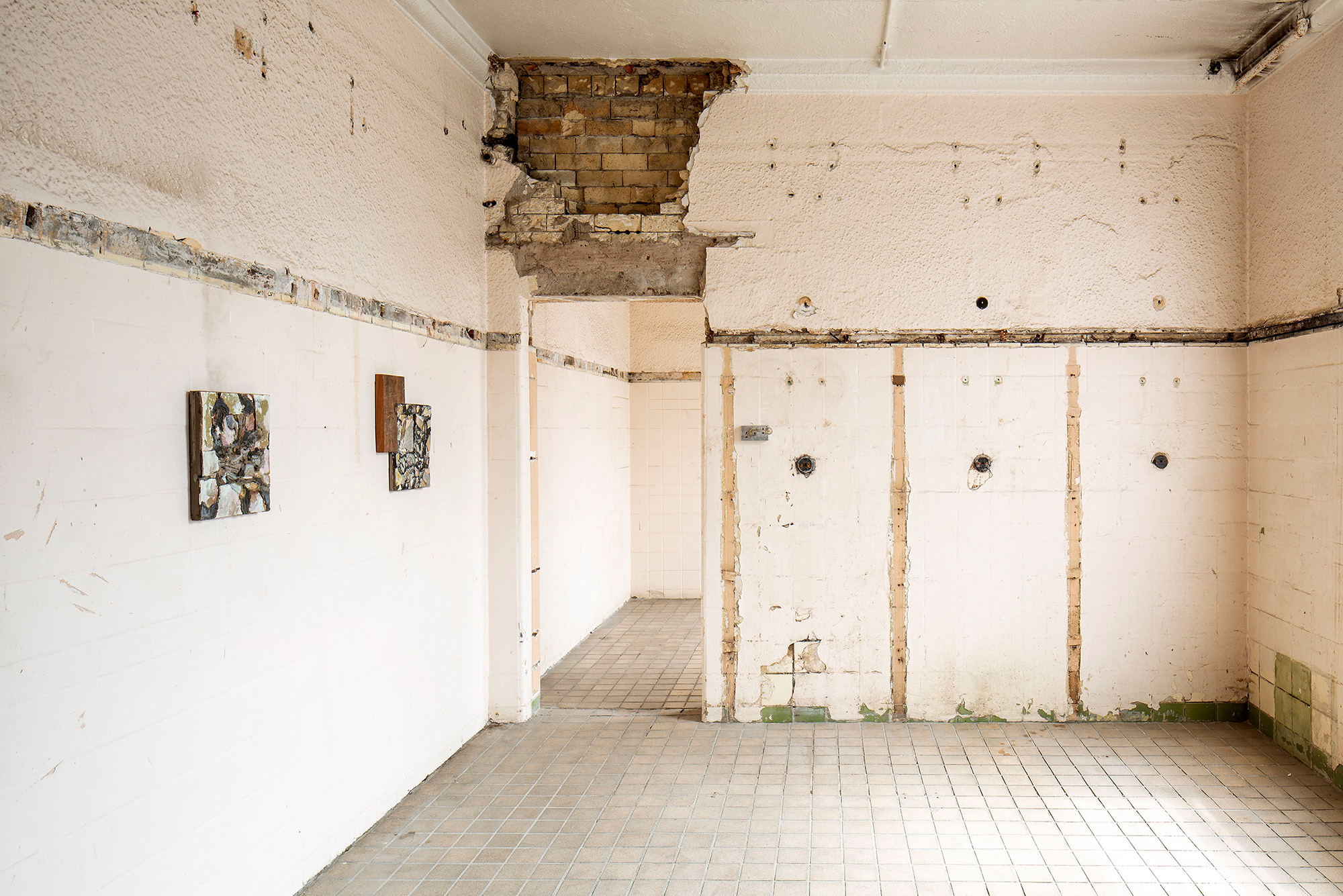

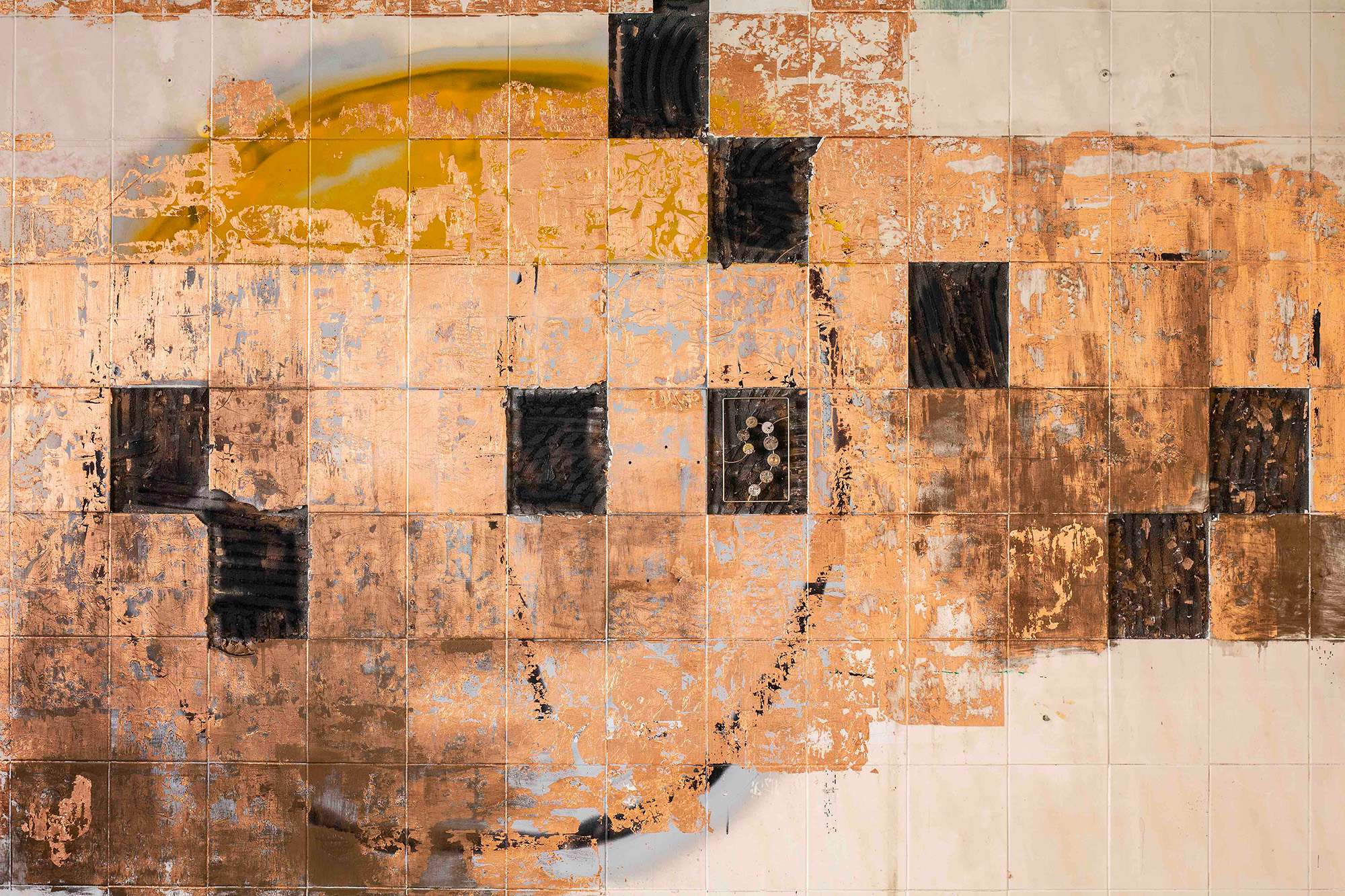
Figs.i-iii
Watch Movements, by Glasgow-based artist Sara Barker, is a site-specific response to the gallery’s new home, occupying and responding to the former police station’s changing and shower areas as well other ancillary rooms. Working closely with Fleming, Barker has deftly observed the existing spaces and their patina of materials, atmospheres, and eras. Through intervention the works draw out a distinct compositional dialogue within each space between surface, volume, and newly-inserted objects, many of which are repurposed fragments of materials found on site. The overall effect heightens one’s awareness of almost everything around – door frames, wall tiles, skirtings, floors – with a beautiful, electrifying resuscitation of the rooms as present, charged spaces transmitting a reciprocal acknowledgement and respect between both existing and inserted elements.
This intimate close-reading and engagement of context is also a good metaphor for Fleming’s own practice as a gallerist. For 30 years now, Fleming has demonstrated through actions and work a deep commitment to the cultural ecology of contemporary art in Glasgow and beyond. That ecology includes art, of course, but it also includes people and the many intersectional dynamics inherent within a cross-section of society.
Upon completing a master’s degree in Fine Art from the Duncan of Jordanstone College of Art & Design in Dundee, one of Fleming’s first initiatives involved identifying the need for her own cohort of graduates to not only share and present their work, but to create a dialogue (and audience) between Glasgow’s burgeoning grassroots art scene and the wider public across the city. To do so, Fleming established Fuse, within which she curated exhibitions of newly emerging work from artists such as Jacqueline Donachie, Douglas Gordon, and Eva Rothschild.



Figs.iv-vi
Around the showing of art, however, Fleming also critically sought to nurture and support the community of artists through the provision of free studio spaces, a weekly stipend, and a monthly allowance for materials. Taking its name from the space’s first large-scale exhibition, Fuse opened in 1992 and over its lifespan supported more than five-hundred young artists who chose to stay in Glasgow to live and make work – a key infrastructural contributor to the city emerging as a pre-eminent incubator of world-renowned contemporary artists. This acknowledgement of a community beyond the work was an important first indicator of a creative practice which consistently seeks to nourish and develop relationships, opportunities, representation, and equity – challenging the artistic, social, and economic conditions within which Fleming operates.
Representation was an important factor in the establishment of the Patricia Fleming Gallery, with Fleming noting that the acquisition of work by women artists is poor across civic and national collections. Fleming’s creative practice is a feminist one, with women making up nine of the twelve artists of international standing currently represented. Fleming’s own team is also women-led, with Thalia Spyridou as gallery co-director Carrie Skinner as registrar. The gallery states that it is committed to developing artists’ careers, and actively represents emerging, mid-career and established contemporary practitioners.
This commitment to and investment in mostly women artists is infrastructural in nature and is a critique of the system. Whilst Fleming’s approach has historically recognised the issue and intersection of access and class, the gallery is working to improve upon its support and representation of women artists of colour. Continuing to situate her practice and presence in contexts beyond the gallery, Fleming recently took part in a panel discussion during the Architecture Fringe Festival to publicly discuss and reflect upon Glasgow City Council’s recent unanimous motion to embed feminist urban practice into ongoing public planning policy. Indeed, this close monitoring of the civic realm within which the gallery finds itself is further demonstrated with recent vocal online and in-person demonstration support for the one hundred museum and gallery staff currently threatened by the City Council with cuts-related redundancy.
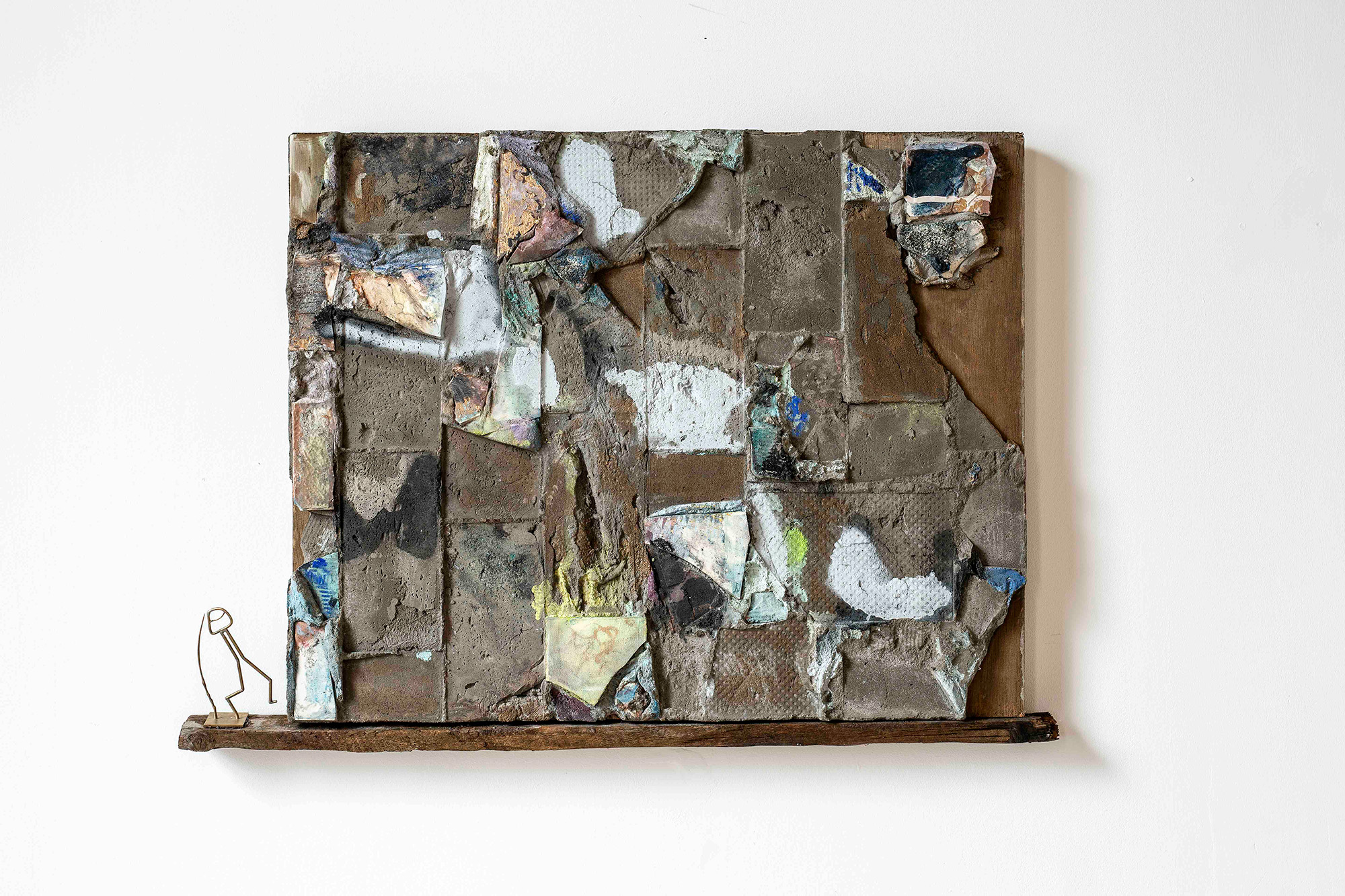
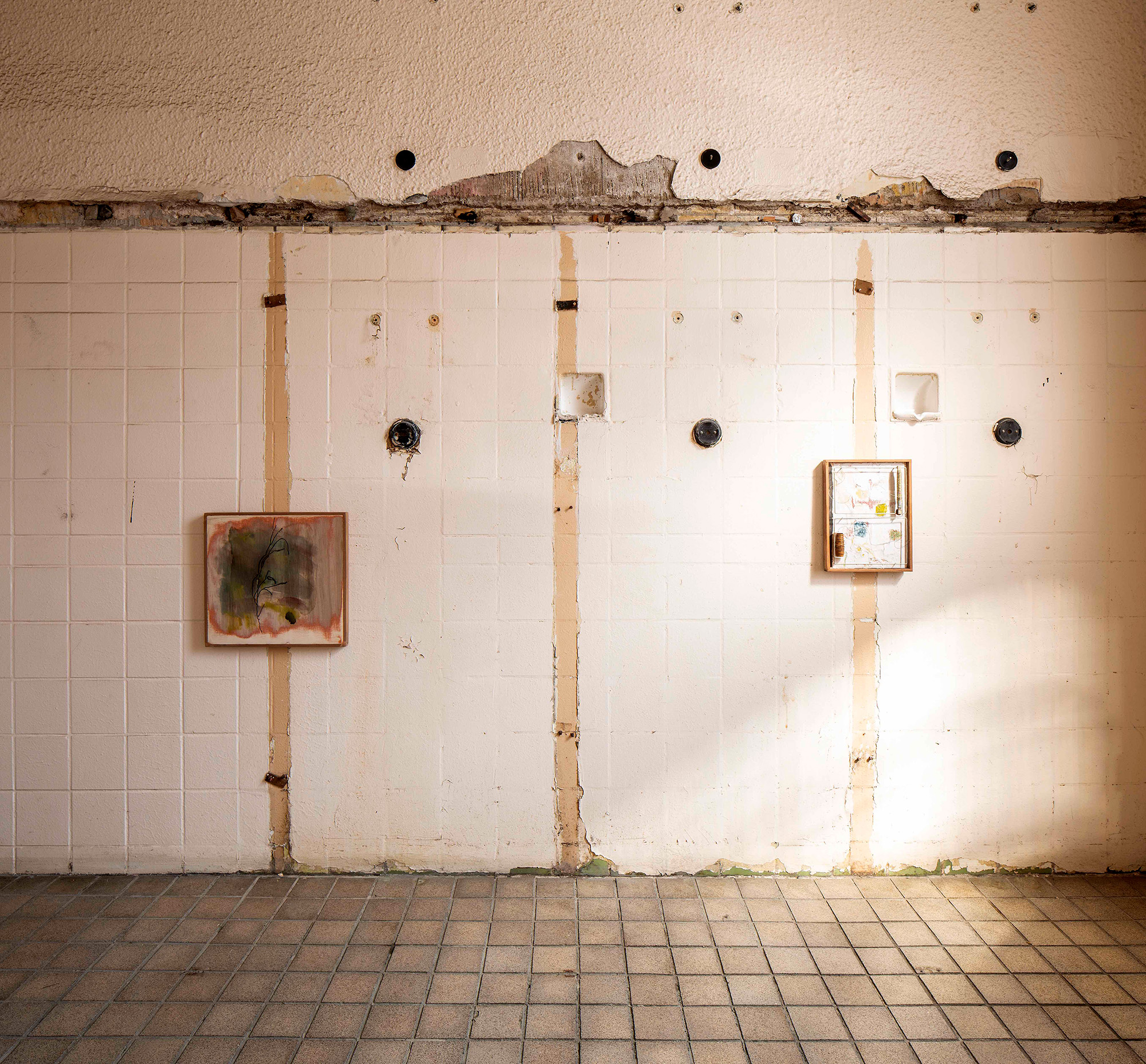
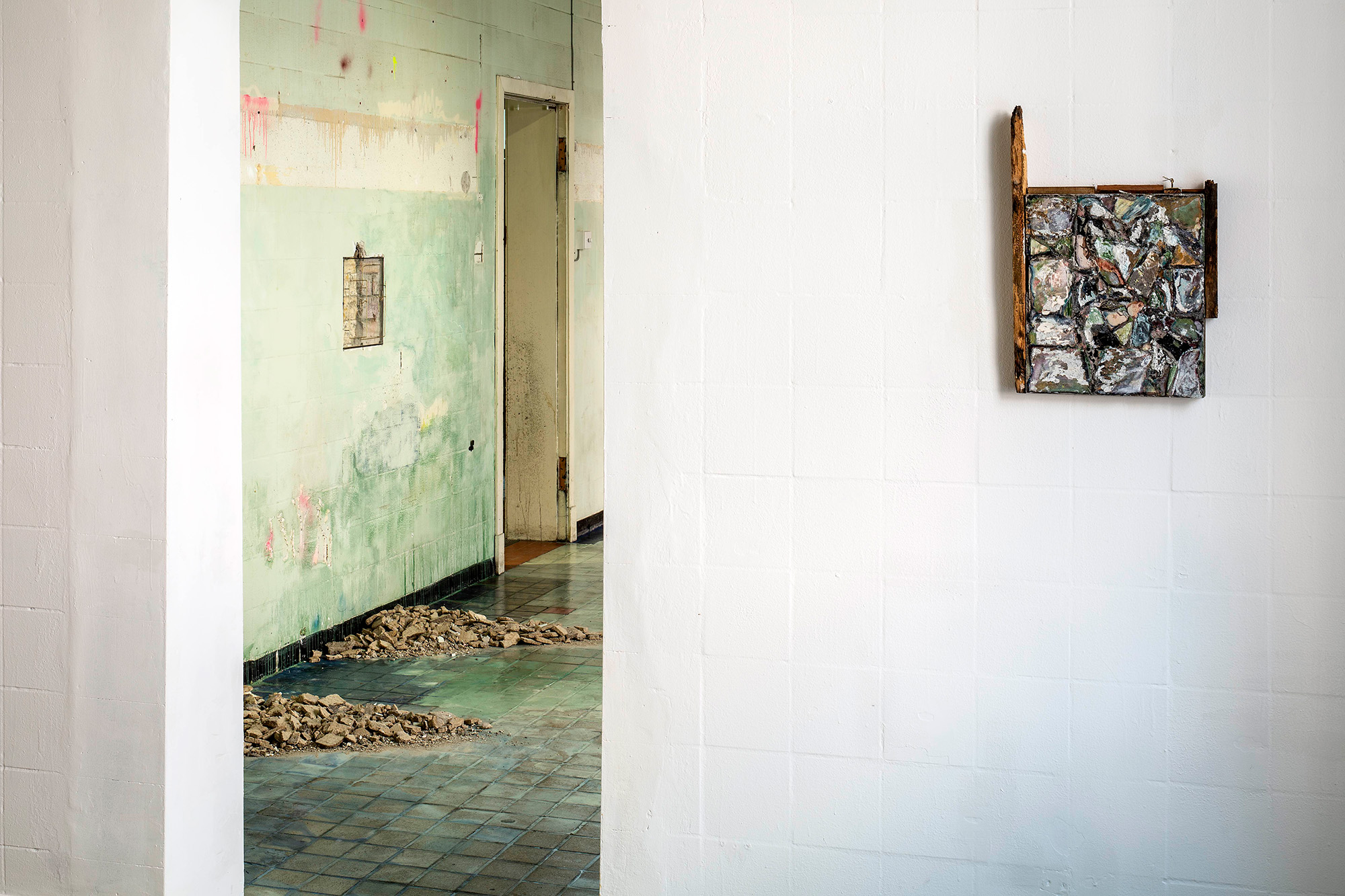
Figs.vii-ix
Fleming’s annual work cycle includes the presentation of represented artists’ work at art fairs in Miami and New York City. The choice of where to present work is again a reflection of Fleming’s approach to practice, with the New Art Dealers Alliance (NADA), self-described as the “definitive non-profit organisation dedicated to the cultivation, support, and advancement of new voices in contemporary art” being the fair of choice for the gallery in both cities.
Closer to home a newer initiative is the Art Car Boot Sale, created and developed by Fleming and hosted in partnership with arts complex SWG3. Having just passed through its fifth edition, the sale is the largest contemporary art market in Scotland with over one hundred participating artists, collectives and other galleries presenting and selling work predominantly from the boots of private cars. The roster of those taking part is closely curated by the Patricia Fleming Gallery, with a keen and clear eye on high-quality and accessible artworks. The sale acts as an invitation to the city’s art scene, with a range of artists featuring emerging stars to Turner Prize winners selling works from their studio, in-person, directly to the public priced at between £5 and £5,000. The joy, and accessibility, of such an event is clear, annually reconnecting the city’s artists and wider citizenry with each other. Underpinning the sale, however, is a clear commercial strategy: to develop and grow the city’s own domestic consumption of high-quality contemporary art.
Fleming’s work and self-directed initiatives are informative examples of how one can firmly situate oneself and a practice within a given context that encourages us to be present, active, and discerning. Foundational to that anchorage, that belonging, is a clear acknowledgement of and commitment to one’s peers. In our professional lives a cognisant recognition of the people around us, as comrades, friends, and fellow travellers is rarer than one might think, with many a creative practice distinctly lacking in generosity or any real empathic concern for the ecology of people and infrastructure surrounding it. What is perhaps special about Fleming’s practice, however, is the ability to successfully bring this sense of belonging, this practice of care and intent, simultaneously to situations with radically different audiences, from grassroots initiatives to international fairs.
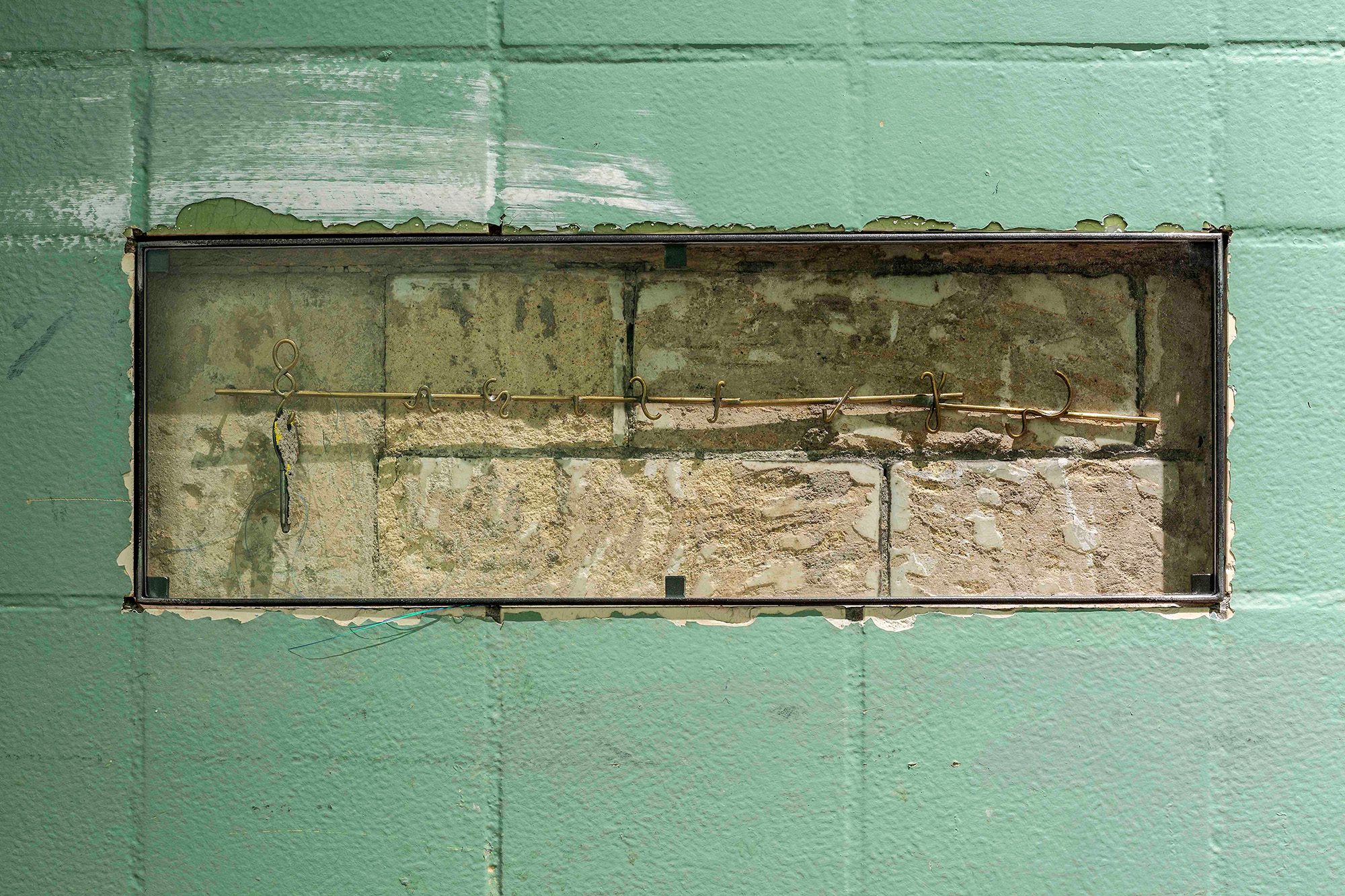
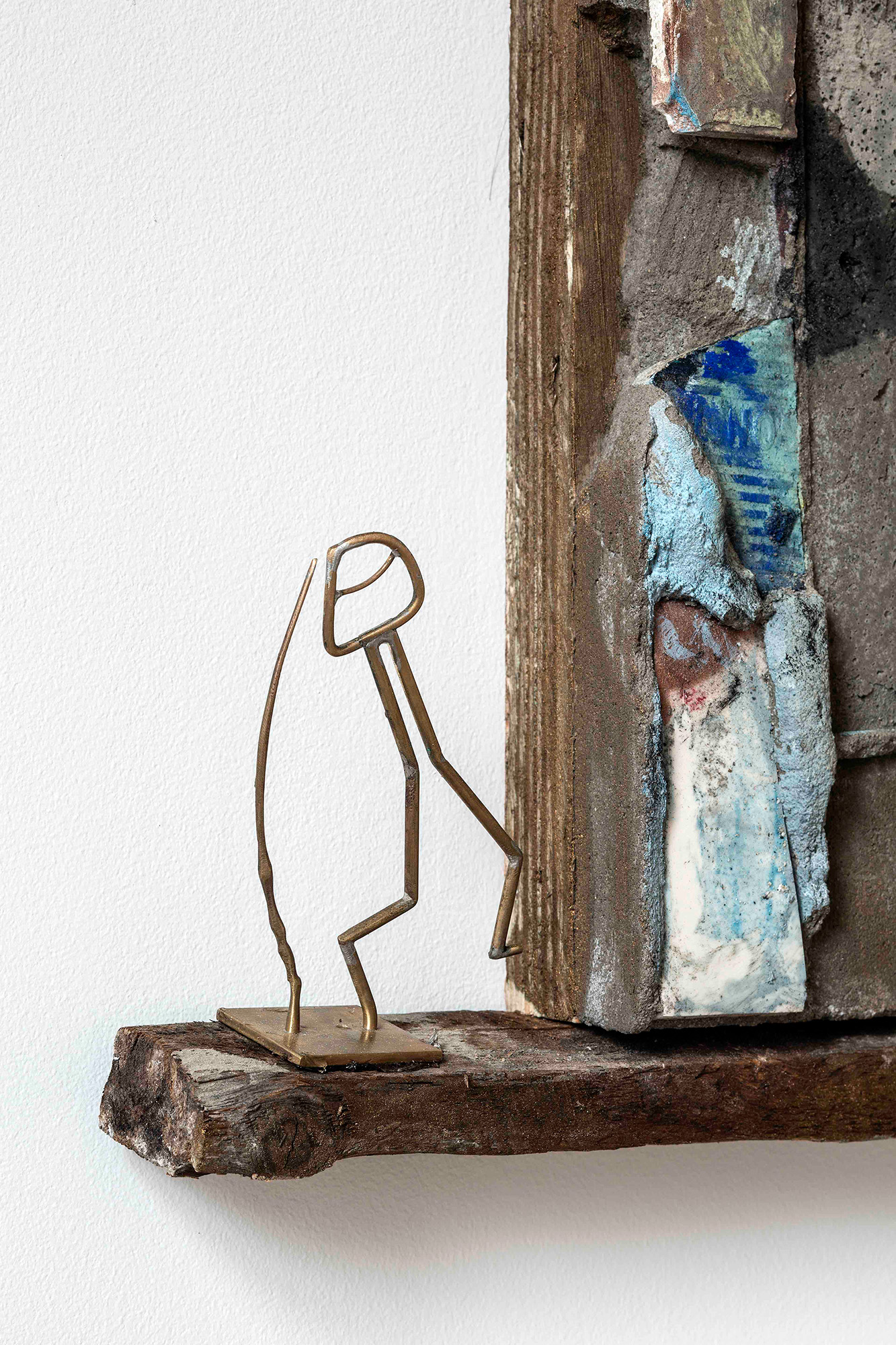
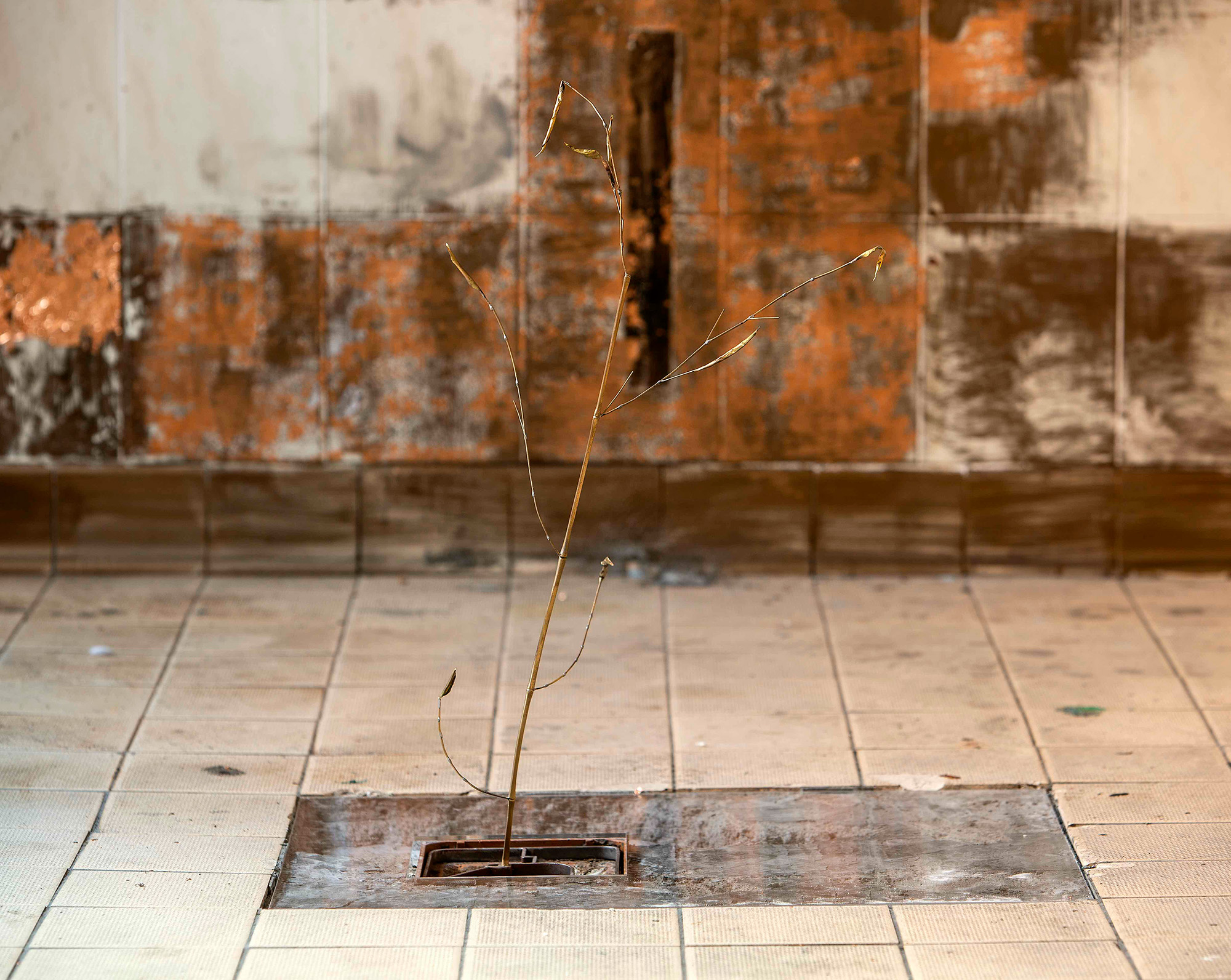
Figs.x-xii
Returning to Barker’s subtle yet deeply contextual presence within the recently acquired gallery spaces can be seen as a fitting opener and metaphor for the new Patricia Fleming Gallery itself. At once assured and generous, assertive yet convivial, Watch Movements transmits a confidence, and an ease, in reframing a found institutionalised condition with a clear subversive intent - an approach that Patricia’s Fleming’s work has demonstrated now for three active decades.
Patricia Fleming Gallery was established in 2017 by Patricia
Fleming, who has worked as an independent curator for over twenty-five years,
establishing significant artist-led initiatives in Glasgow and further afield.
Based in Glasgow, it has evolved from the curatorial practice of director Patricia
Fleming. The gallery represents emerging, mid-career and established
contemporary artists. It is committed to developing artists' careers, while
supporting artists to take risks with their practice. Working mainly with women
artists, the gallery's vision is focused on new art that speaks of our time.
The annual programme of exhibitions and events promote socially engaged art,
sculpture, drawing, installation, film, and performance.
www.patricia-fleming.com
Andy Summers (he/him) (b. Edinburgh, Scotland) is a
Glasgow-based architect, educator, curator, and public programmer specialising
in architecture and the built environment. He is interested in developing and
contributing to a pluralised, progressive culture of architecture which seeks
to support a just common good. His work questions and explores the conditions
within which architectural cultures emerge, often challenging existing
structures and cultural norms. Andy is representing Scotland at the 18th
International Architecture Exhibition at La Biennale di Venezia 2023 as
co-curator with colleagues from the Architecture Fringe, -ism, and /other. He is a co-founder and co-director of the Architecture
Fringe, a self-initiated non-profit organisation which explores architecture
and its impact within its social, political, and cultural contexts. He is
currently a design tutor at the Edinburgh School of Architecture &
Landscape Architecture (ESALA) at the University of Edinburgh, and co-pilot for
Stage 4 Architecture at the Mackintosh School of Architecture at the Glasgow
School of Art.
www.andysummers.eu
www.andysummers.eu
visit
Patricia Fleming Gallery is open Wednesday through to Saturday, at 4 Oxford Lane
Glasgow, G5 9ER. Full details available at:
www.patricia-fleming.com
images
All images courtesy of the artist & Patricia Fleming Gallery. Photos by Keith Hunter.
fig.i Sara Barker, Watch Movements, Gallery 3, Installation view.
fig.ii Sara
Barker, Watch Movements II (2023), existing tiles, copper leaf, paint, watch
faces, brass, 21 x 13 x 1.5 cm.
fig.iii Sara Barker, Watch Movements, Gallery 1, Installation view.
fig.iv Sara Barker, Watch Movements, Gallery 2, Installation view.
fig.v Sara Barker, Paraphernalia (2023), Installation view.
fig.vi Sara Barker, Watch Movements IIII (2023), Installation view.
fig.vii Sara Barker, Levee (2023), wood, tiles, mortar, paint, brass, 47 x 66.5 x 6 cm.
fig.viii Sara Barker, Watch Movements, Gallery 3, Installation view.
fig.ix Sara Barker, Watch Movements, Gallery 1, Installation view.
fig.x Sara Barker, Kruptein - to hide (2023), wall recess, perspex, brass, key, mortar, paint, dolls hair, 16.5 x 48 x 4 cm.
fig.xi Sara Barker, Levee (2023) (detail).
fig.xii Sara Barker, Watch Movements III (2023), brass, steel, Perspex, 63 x 34 x 20 cm.
publication date
17 August 2023
tags
Architecture Fringe, Sara Barker, Jacqueline Donoachie, Patricia Fleming, Found objects, Gallerist, Glasgow, Douglas Gordan, New Art Dealers Aliance, Patricia Fleming Gallery, Police station, Eva Rothschild, Site specific, Carrie Skinner, Thalia Spyridou, Andy Summers, SWG3
www.patricia-fleming.com
All images courtesy of the artist & Patricia Fleming Gallery. Photos by Keith Hunter.


